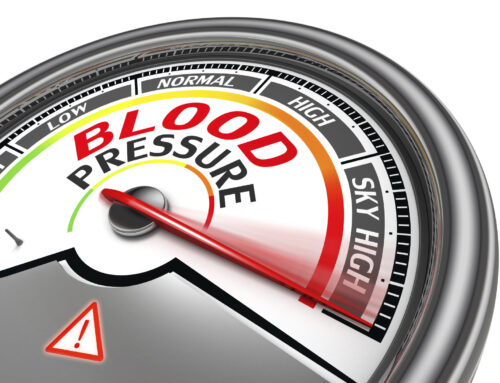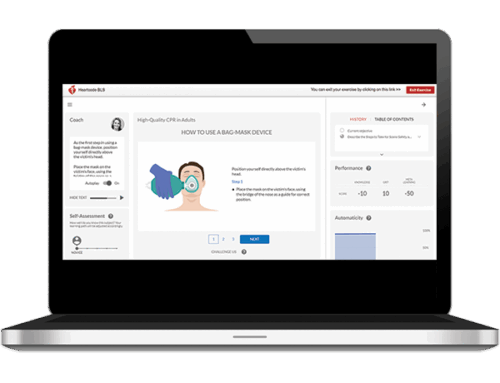We Welcome you to our Stroke and Heart attack Prevention guidelines article.
When someone in the United States suffers a heart attack, it happens approximately every 34 seconds. Research has demonstrated that there are important risk factors that considerably enhance the chance of cardiovascular disease (CVD) spectrum conditions such as angina pectoris, heart attack, stroke, and sudden cardiac death. These conditions are all included in the spectrum of cardiovascular disease. Hypertension, smoking, increased blood cholesterol (lipids), and diabetes mellitus are all characteristics that fall under the category of modifiable risk factors. These are risk factors that can be changed by healthy activities. One’s likelihood of having cardiovascular disease (CVD) increases in proportion to the number of risk factors that they have. As a further point of interest, the overall risk is proportional to the level of each individual risk factor. Consequently, doctors have a desire to offer their patients the most effective guidance possible on the management of cardiovascular disease risk in order to enhance the results of their health. It was for this reason that the American Heart Association (AHA) and the American College of Cardiology (ACC) developed a set of practice guidelines on the prevention of cardiovascular disease (CVD). These guidelines include recommendations regarding a healthy lifestyle, the management of blood cholesterol, the management of overweight and obesity, and the assessment of cardiovascular risk.
Stroke and Heart attack Prevention Guidelines suggest that the initial step in a patient is to formally analyze the individual’s risk of cardiovascular disease (CVD). This is done in order to ensure that the level of preventive efforts is proportional to the individual’s absolute risk of developing the condition. When attempting to assess the likelihood of acquiring atherosclerotic cardiovascular disease (ASCVD) over a period of ten years, a risk calculator is utilized. The calculator provides an estimate of the risk of a first ASCVD event occurring over the next ten years among individuals who were free from ASCVD at the time of the initial evaluation. This event can be a nonfatal heart attack, a death from coronary heart disease, or a stroke, either fatal or nonfatal. A person’s age, the level of their treated or untreated systolic blood pressure, their total cholesterol and high-density lipoprotein cholesterol (HDL-C) levels, their current smoking status, and their history of diabetes mellitus are the variables that are taken into consideration in the calculation. Following the completion of the calculation of the 10-year risk, the patient and their healthcare provider should engage in a risk conversation.
There are scientific declarations known as clinical practice guidelines that contain recommendations for physicians to follow in their efforts to provide the best possible treatment to patients. In their absence, medical professionals and other healthcare providers are forced to rely on their own reading of the scientific literature, their gained knowledge of new therapeutic choices, as well as their own personal experience and the preferences of individual patients. A comprehensive analysis of all pertinent material, which frequently includes a large number of scientific studies, is the first step in the process of developing a guideline by a committee. On the basis of the evidence, practice recommendations are developed with the purpose of providing answers to significant clinical concerns, such as the advantages and disadvantages of particular treatments. The practice recommendations are routinely revised whenever there is a new treatment or piece of data that becomes available. ACC/AHA Prevention is the term.







Leave A Comment